Home>Gardening & Outdoor>Landscaping Ideas>How To Get Rid Of Poa Annua Grass
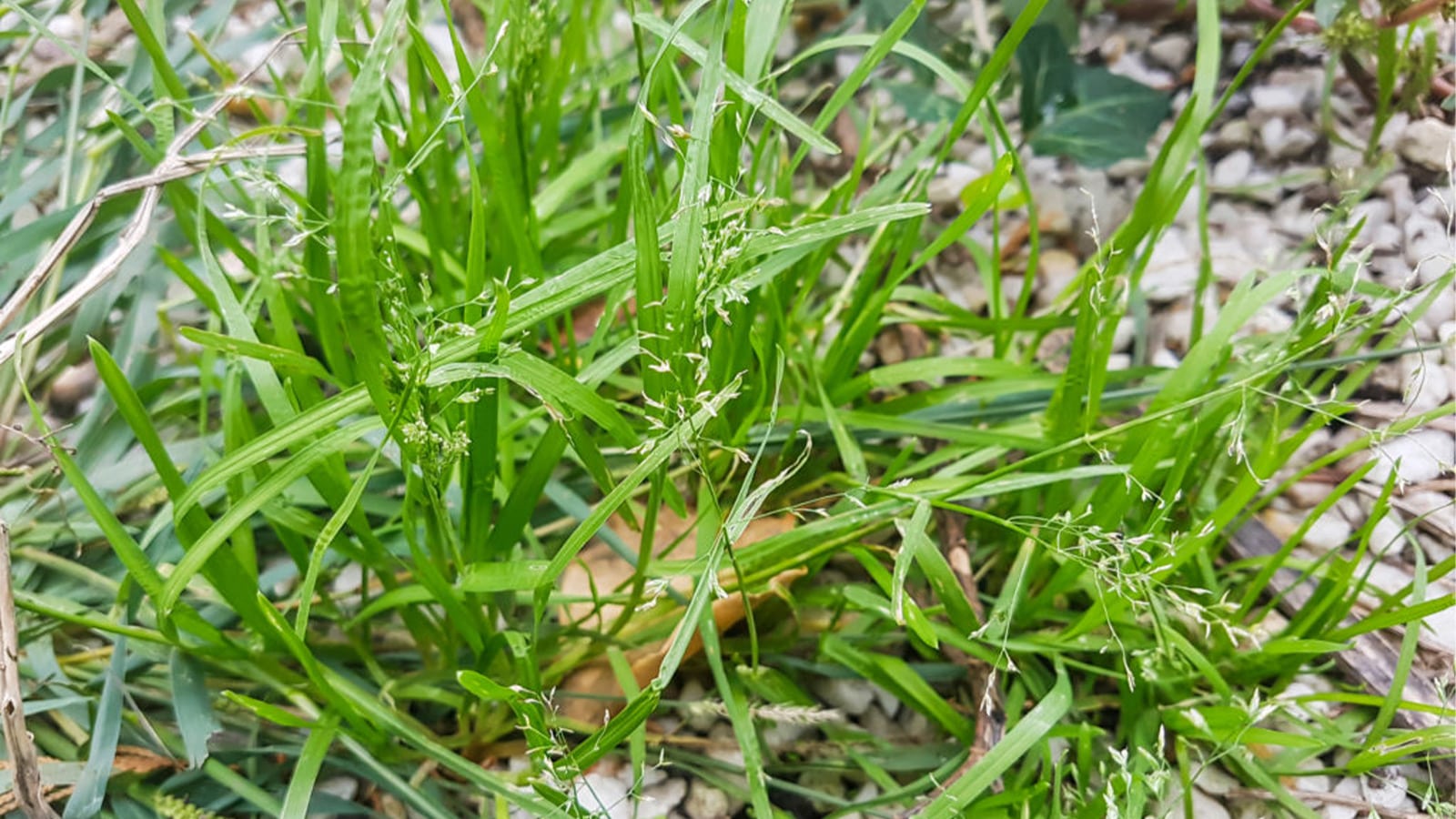

Landscaping Ideas
How To Get Rid Of Poa Annua Grass
Modified: April 1, 2024
Learn effective landscaping ideas to eliminate Poa Annua grass from your lawn. Discover expert tips and techniques for a pristine, weed-free garden.
(Many of the links in this article redirect to a specific reviewed product. Your purchase of these products through affiliate links helps to generate commission for Storables.com, at no extra cost. Learn more)
Introduction
So, you've been enjoying the beauty of your lawn, but recently noticed the unwelcome presence of Poa annua grass. Don't worry, you're not alone. Poa annua, also known as annual bluegrass, is a common nuisance for many homeowners and gardeners. This invasive grass species can quickly take over your lawn, disrupting the uniformity and aesthetic appeal you've worked so hard to maintain.
But fear not, for there are effective strategies to combat and eliminate Poa annua grass, allowing you to restore the lush, green expanse of your lawn. In this comprehensive guide, we'll delve into the intricacies of Poa annua grass, explore preventative measures, learn how to effectively remove it, and discover the best practices for maintaining a Poa annua-free lawn.
By the end of this journey, you'll be equipped with the knowledge and tools to bid farewell to Poa annua grass and welcome back the vibrant, healthy lawn you deserve. Let's embark on this transformative landscaping adventure together!
Key Takeaways:
- Say goodbye to Poa annua grass by implementing proper lawn maintenance, selective herbicides, and soil improvement techniques to fortify your lawn against this persistent weed.
- After removing Poa annua grass, maintain a lush, Poa annua-free lawn by integrating ongoing vigilance, proper irrigation, and soil management to promote the health and vibrancy of your desired turfgrass.
Read more: What Is Poa Annua Grass
Understanding Poa Annua Grass
Poa annua, or annual bluegrass, is a persistent and fast-spreading weed that can wreak havoc on the appearance of your lawn. This cool-season annual grass is characterized by its light green color, shallow root system, and distinctive seed heads, making it easily recognizable amidst your desired turfgrass. It thrives in moist, shady areas, but can also adapt to a variety of soil types and environmental conditions, making it a formidable adversary for lawn enthusiasts.
One of the most challenging aspects of Poa annua grass is its prolific seeding. A single plant can produce hundreds of seeds, which can remain viable in the soil for several years. This means that even if you manage to remove the existing plants, the seeds present in the soil can germinate and give rise to new infestations, perpetuating the cycle of frustration.
Furthermore, Poa annua grass has a proclivity for outcompeting desirable turfgrasses, leading to patchy, uneven lawns with an unsightly appearance. Its ability to thrive in compacted soils and tolerate close mowing height adds to its resilience, making it a formidable opponent in the battle for a pristine lawn.
Understanding the nature of Poa annua grass is crucial in formulating an effective eradication and prevention strategy. By familiarizing yourself with its growth habits, environmental preferences, and reproductive capabilities, you can gain valuable insights into how to combat its presence and prevent future infestations. Armed with this knowledge, you'll be better prepared to reclaim your lawn from the clutches of Poa annua grass.
Preventing Poa Annua Grass
While the battle against Poa annua grass can be challenging, implementing proactive prevention measures can significantly reduce its likelihood of infesting your lawn. Prevention is often more effective and less labor-intensive than attempting to eradicate established infestations. By incorporating these strategies into your lawn care routine, you can create an inhospitable environment for Poa annua grass, allowing your desired turfgrass to flourish unhindered.
1. Proper Lawn Maintenance: Maintaining a healthy, dense stand of turfgrass is one of the most effective deterrents against Poa annua. Regular mowing at the appropriate height for your grass species, adequate irrigation, and balanced fertilization can promote the vigor and competitiveness of your desired turf, making it less susceptible to Poa annua encroachment.
2. Aerate and Dethatch: Compacted soil and excessive thatch provide favorable conditions for Poa annua grass to take root. Periodic core aeration and dethatching can alleviate compaction and reduce thatch buildup, creating an environment that is less conducive to the establishment of Poa annua.
3. Selective Herbicides: Pre-emergent herbicides specifically formulated to target annual grassy weeds like Poa annua can be applied in the fall to prevent seed germination and subsequent infestation. These herbicides create a barrier in the soil, inhibiting the growth of Poa annua seeds and reducing the likelihood of their emergence.
4. Improve Soil Drainage: Since Poa annua thrives in moist environments, improving soil drainage in problem areas can help deter its growth. Addressing drainage issues through proper grading, installing French drains, or amending soil composition can minimize the conditions that favor Poa annua grass.
5. Overseeding with Desirable Turfgrass: Introducing and maintaining a robust stand of desirable turfgrass through overseeding can outcompete and limit the establishment of Poa annua. Selecting grass species that are well-suited to your region and growing conditions can bolster the resilience of your lawn against invasive species.
By integrating these preventative measures into your lawn care regimen, you can create an environment that is less hospitable to Poa annua grass, reducing the likelihood of infestation and minimizing the need for extensive remedial action.
To get rid of Poa Annua grass, you can manually remove it by hand or use a selective herbicide specifically designed to target this type of grass. Be sure to follow the instructions on the herbicide label for best results.
Removing Poa Annua Grass
When Poa annua grass has already infiltrated your lawn, prompt and effective removal is essential to prevent its further spread and dominance. While the task may seem daunting, employing the right techniques can help you reclaim your turf from this persistent invader. Here are some strategies for removing Poa annua grass from your lawn:
1. Hand Pulling: For small infestations, hand pulling can be an effective method of removing Poa annua grass. Grasp the base of the plants and gently pull them from the soil, ensuring to extract the entire root system to prevent regrowth. This method is best suited for localized patches and can be labor-intensive for larger areas.
2. Spot Treatment with Herbicides: Selective herbicides designed to target annual bluegrass can be applied as spot treatments to infested areas. These herbicides are formulated to minimize damage to desirable turfgrass while effectively controlling Poa annua. Follow the application instructions carefully and avoid overspray to protect surrounding vegetation.
3. Non-Selective Herbicidal Treatment: In cases where Poa annua has overtaken large areas and manual removal is impractical, non-selective herbicides can be utilized to eradicate the grass. Exercise caution when using non-selective herbicides, as they can damage or kill all vegetation they come into contact with, including desirable turfgrass.
4. Overseeding and Reseeding: Once the Poa annua grass has been removed, overseeding the affected areas with desirable turfgrass species can help fill in the gaps and prevent reinfestation. Ensure proper soil preparation and follow recommended overseeding practices to encourage successful establishment of new grass.
5. Soil Solarization: In areas with severe Poa annua infestations, soil solarization can be employed to eliminate existing vegetation and weed seeds in the soil. This process involves covering the affected area with clear plastic to harness solar heat, effectively sterilizing the soil and preparing it for reseeding with desirable grass species.
It’s important to approach the removal of Poa annua grass with diligence and care to minimize the impact on desirable vegetation and promote the successful reestablishment of a uniform, healthy lawn.
Maintaining a Poa Annua-Free Lawn
After successfully removing Poa annua grass from your lawn, it’s crucial to implement ongoing maintenance practices to prevent its resurgence and maintain a lush, Poa annua-free expanse of turf. By integrating these maintenance strategies into your lawn care routine, you can fortify your lawn against future infestations and cultivate an environment that promotes the flourishing of desirable turfgrass.
1. Regular Monitoring: Vigilance is key to maintaining a Poa annua-free lawn. Regularly inspect your lawn for any signs of Poa annua resurgence, such as light green tufts of grass with distinctive seed heads. Promptly addressing any emerging infestations can prevent the spread of this invasive grass.
2. Proper Irrigation: Implementing a consistent and appropriate irrigation schedule can help maintain soil moisture levels that are conducive to the health of desirable turfgrass while discouraging the growth of Poa annua. Avoid overwatering, which can create favorable conditions for Poa annua grass to take hold.
3. Fertilization Management: Carefully manage your fertilization practices to promote the vigor of desirable turfgrass without inadvertently stimulating the growth of Poa annua. Utilize fertilizers with controlled release formulations and follow recommended application rates to avoid creating an environment that favors the resurgence of this invasive weed.
4. Mowing Practices: Adhere to proper mowing heights and frequencies for your specific turfgrass species. Maintaining the appropriate mowing height can encourage the development of a dense turf canopy that inhibits the establishment of Poa annua and other invasive species.
5. Soil Testing and Amendment: Periodic soil testing can provide valuable insights into the nutrient levels and pH of your soil. Adjusting soil pH and addressing nutrient deficiencies based on soil test results can promote the optimal growth of desirable turfgrass while creating less favorable conditions for Poa annua.
6. Professional Lawn Care Services: Engaging the services of professional lawn care experts can provide tailored solutions for maintaining a Poa annua-free lawn. These professionals can offer specialized treatments, customized fertilization programs, and ongoing monitoring to safeguard your lawn against invasive grasses.
By integrating these maintenance practices into your lawn care regimen, you can create an environment that is inhospitable to Poa annua grass while promoting the health and resilience of your desired turfgrass, ensuring a vibrant and Poa annua-free lawn for years to come.
Read more: What Kills Poa Annua Grass
Conclusion
Congratulations on embarking on the journey to understand, prevent, remove, and maintain a Poa annua-free lawn. By gaining insight into the nature of Poa annua grass and implementing proactive measures, you have taken significant strides toward reclaiming the beauty and uniformity of your lawn.
Understanding the growth habits and preferences of Poa annua has empowered you to make informed decisions in your quest to prevent and eliminate its presence. By integrating proper lawn maintenance, selective herbicides, and soil improvement techniques, you have fortified your lawn against the encroachment of this persistent weed.
Removing Poa annua grass from your lawn required diligence and the application of effective removal methods. Whether through hand pulling, targeted herbicidal treatments, or overseeding, your efforts have contributed to restoring the integrity of your turf and minimizing the likelihood of Poa annua resurgence.
As you transition to maintaining a Poa annua-free lawn, ongoing vigilance, proper irrigation, and soil management will be instrumental in preserving the health and vibrancy of your desired turfgrass. By incorporating these maintenance practices into your lawn care routine, you can cultivate an environment that fosters the flourishing of your lawn while deterring the return of Poa annua.
Remember, the journey to a Poa annua-free lawn is an ongoing commitment, requiring consistent monitoring and proactive care. By staying attuned to the needs of your lawn and implementing the strategies outlined in this guide, you can enjoy the lush, vibrant expanse of turf you’ve always envisioned.
Through your dedication and informed approach, you have equipped yourself with the knowledge and tools to triumph over the challenges posed by Poa annua grass. As you continue to nurture and care for your lawn, may it thrive as a testament to your unwavering commitment to creating a beautiful and Poa annua-free outdoor sanctuary.
Frequently Asked Questions about How To Get Rid Of Poa Annua Grass
Was this page helpful?
At Storables.com, we guarantee accurate and reliable information. Our content, validated by Expert Board Contributors, is crafted following stringent Editorial Policies. We're committed to providing you with well-researched, expert-backed insights for all your informational needs.
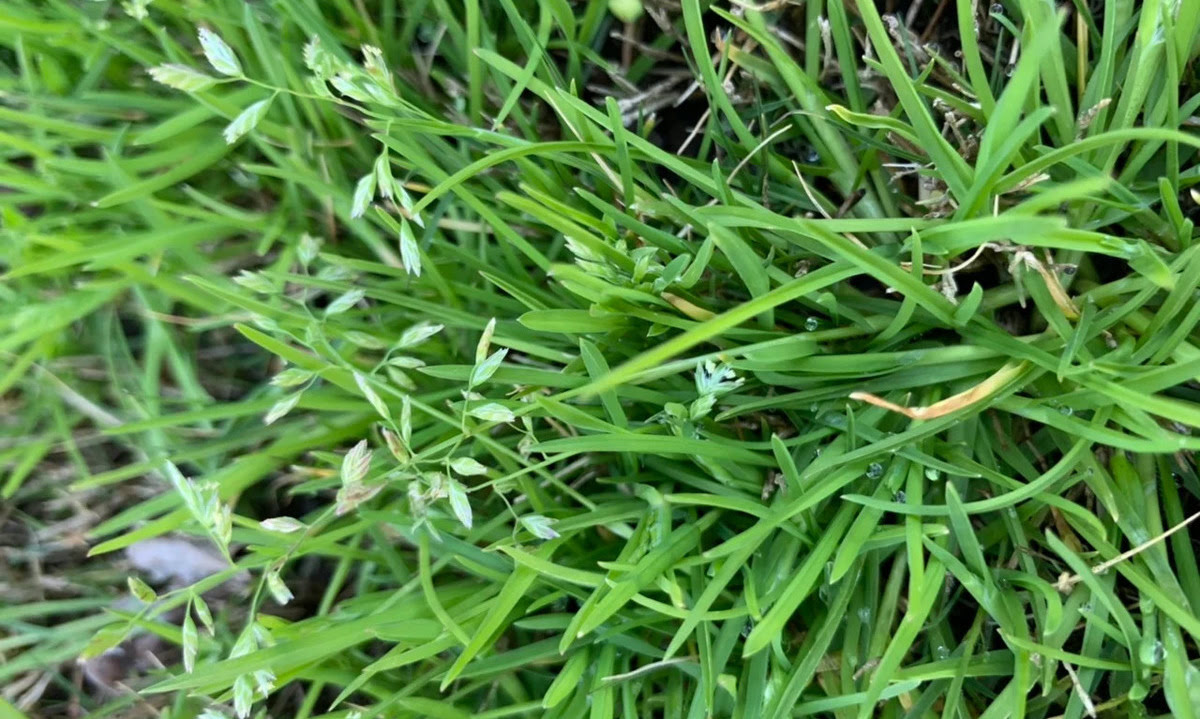
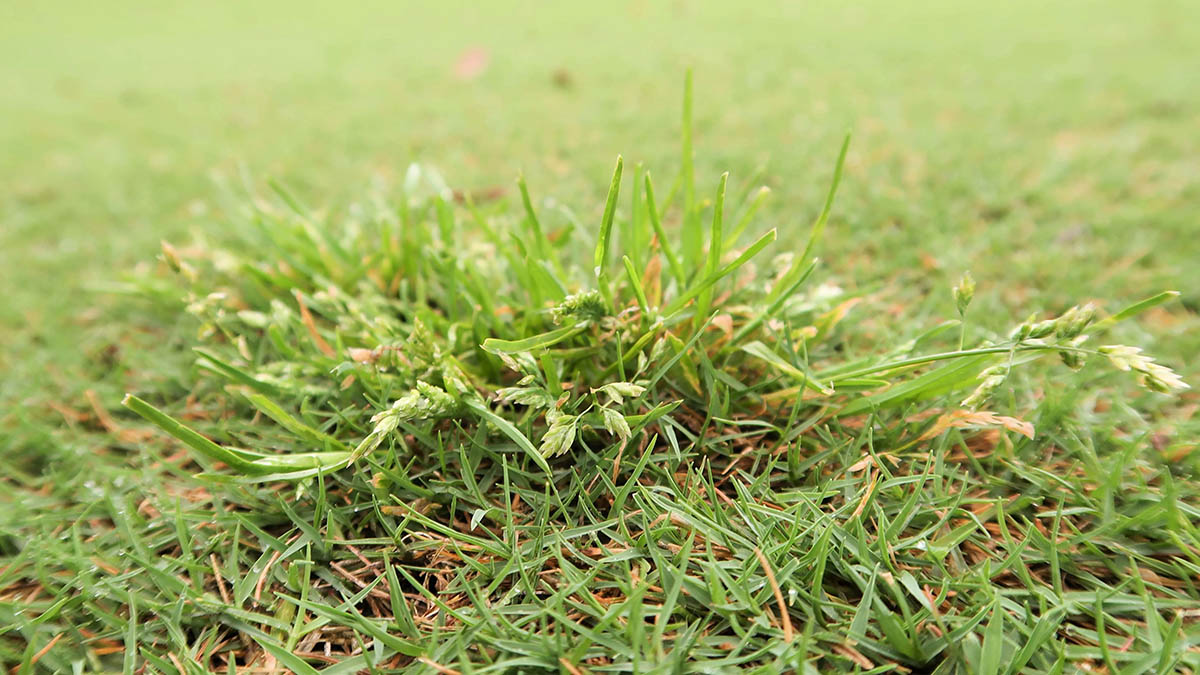










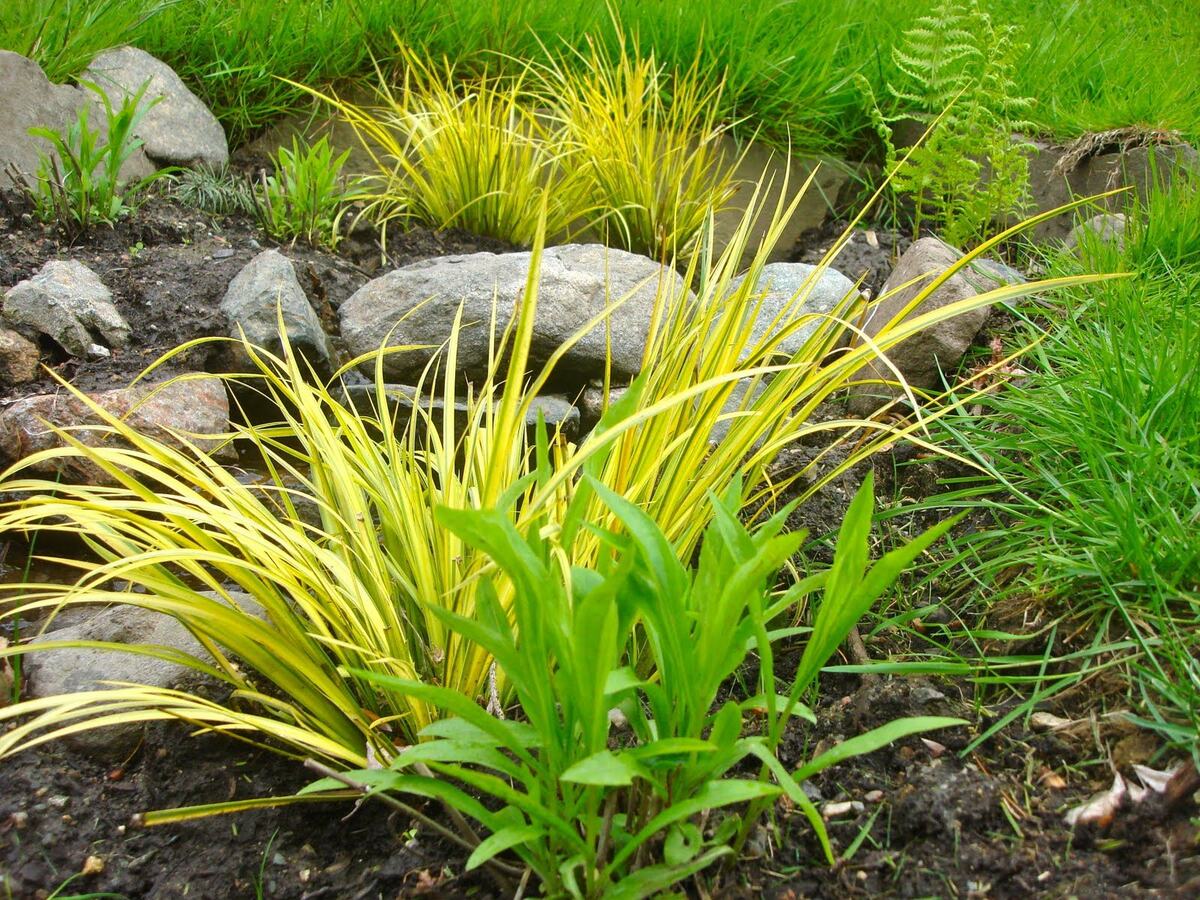
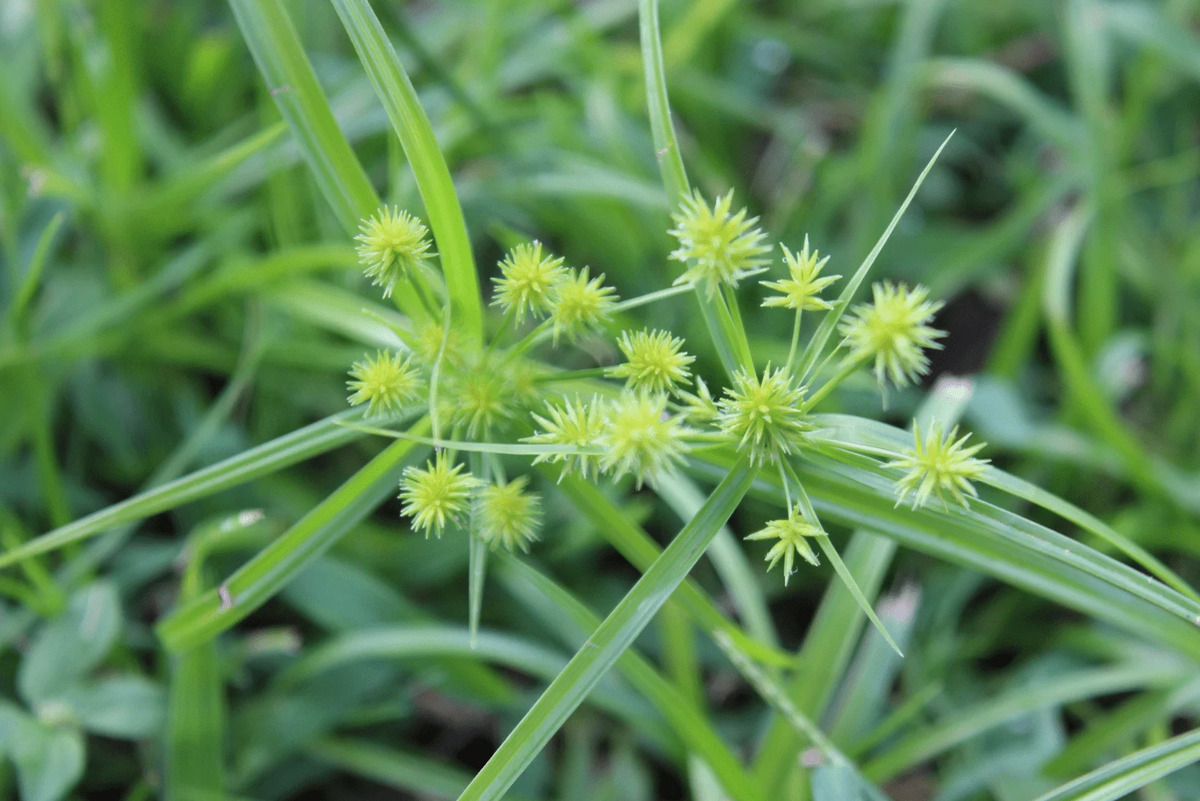

0 thoughts on “How To Get Rid Of Poa Annua Grass”